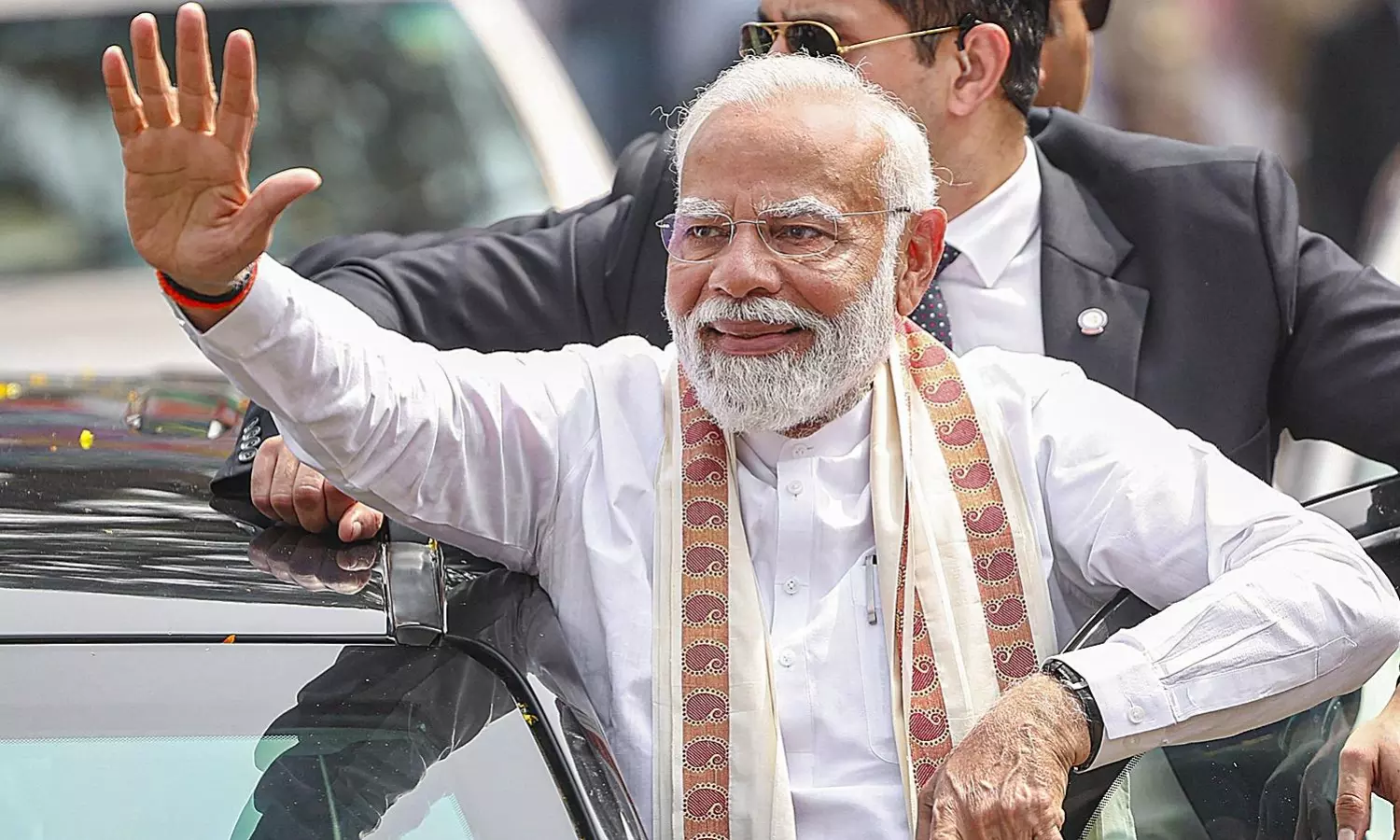
New Delhi: Modi administration is ambitious of doubling the size of India’s economy if it returns to power in the upcoming polls, news agency Reuters reported citing a government document.
PM Modi himself has reportedly ‘guaranteed’in election rallies to make the country’s economy the third-largest in the world in the third term.
Currently the country is at the fifth position in terms of the size of its economy overtaking United Kingdom.
It is reported further citing the document that PM Modi has asked officials to finalise plans by May to expanding the economy from what is currently $3.51 trillion to ambitious $6.67 trillion by 2030.
Taking office for his second term five years ago, PM Modi promised to expand economy to $5 trillion by this fiscal year.
However, achieving that target now is impossible partly due to the slow-down stemming from Covid-19 situation, according to the report.
Another ambitious goal that Modi administration sets for the next 6 years is to raise per capita income from $2,500 to $4,418; the report, however, said the document did not specify ‘spending or reforms’ required to achieve this goal.
The Opposition blames that PM Modi has done little to create jobs and mitigate distress in rural areas. It also alleged that the disparity between rich and poor has widened.
In order to achieve its ambitious goals, Modi administration pins hope, according to report, on getting exports of goods and services expanded to ‘$1.58 trillion by 2030 from around $700 billion’ by 2030.
If achieved, this could double India’s export share in global trade to more than 4 per cent.
Ambitions apart, experts including economist Saugata Bhattacharya termed the goal of doubling the economy by the end of the decade a ‘very difficult feat’, according to the report.
Bhattacharya said it would require ‘6 per cent-6.5 per cent growth for the next seven years along with inflation of 4.5 per cent.’
However, India’s economy is currently among the fastest growing in the world which was expected to have grown by 8 per cent last fiscal year, spurred by government spending on manufacturing and construction.